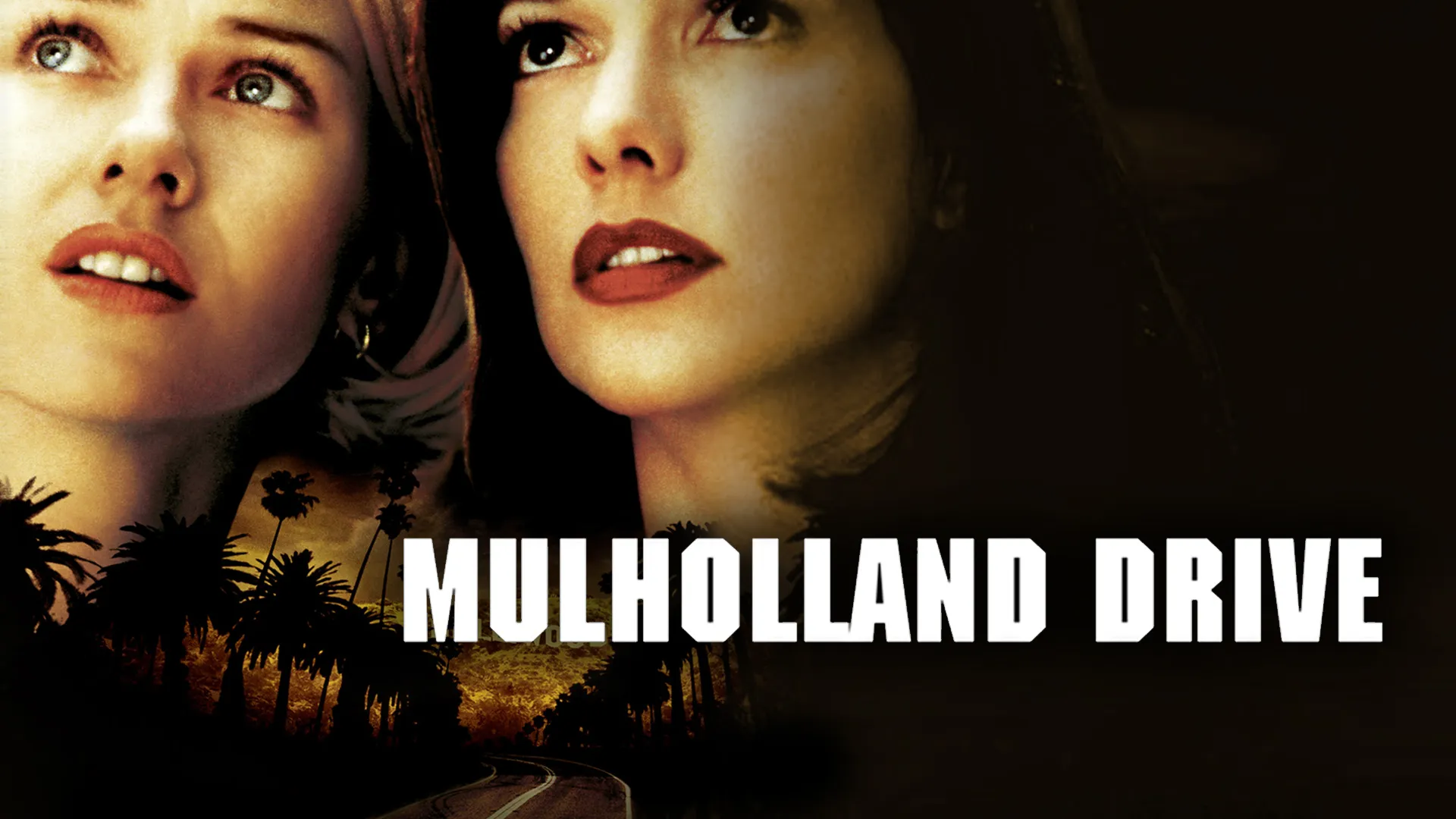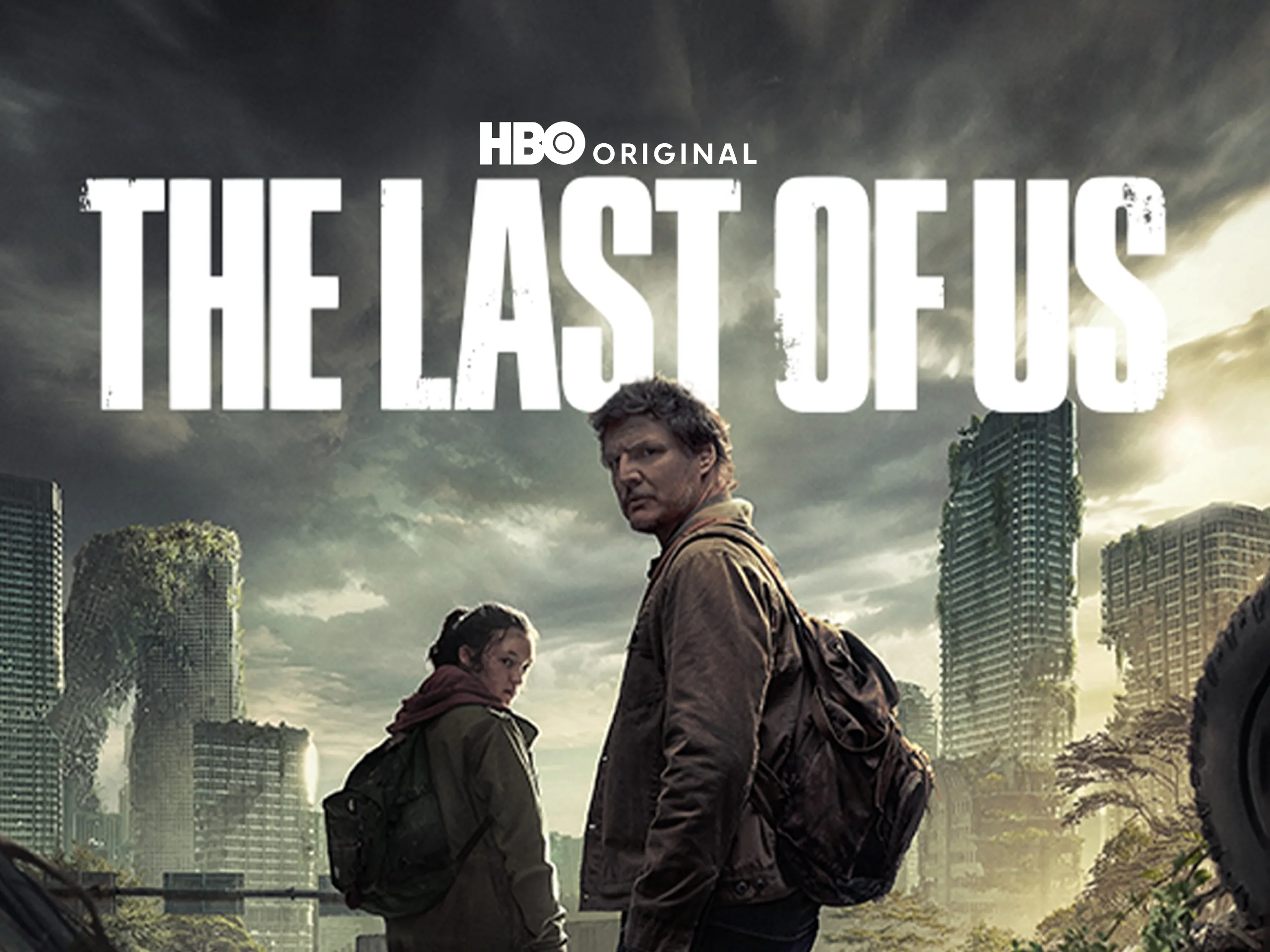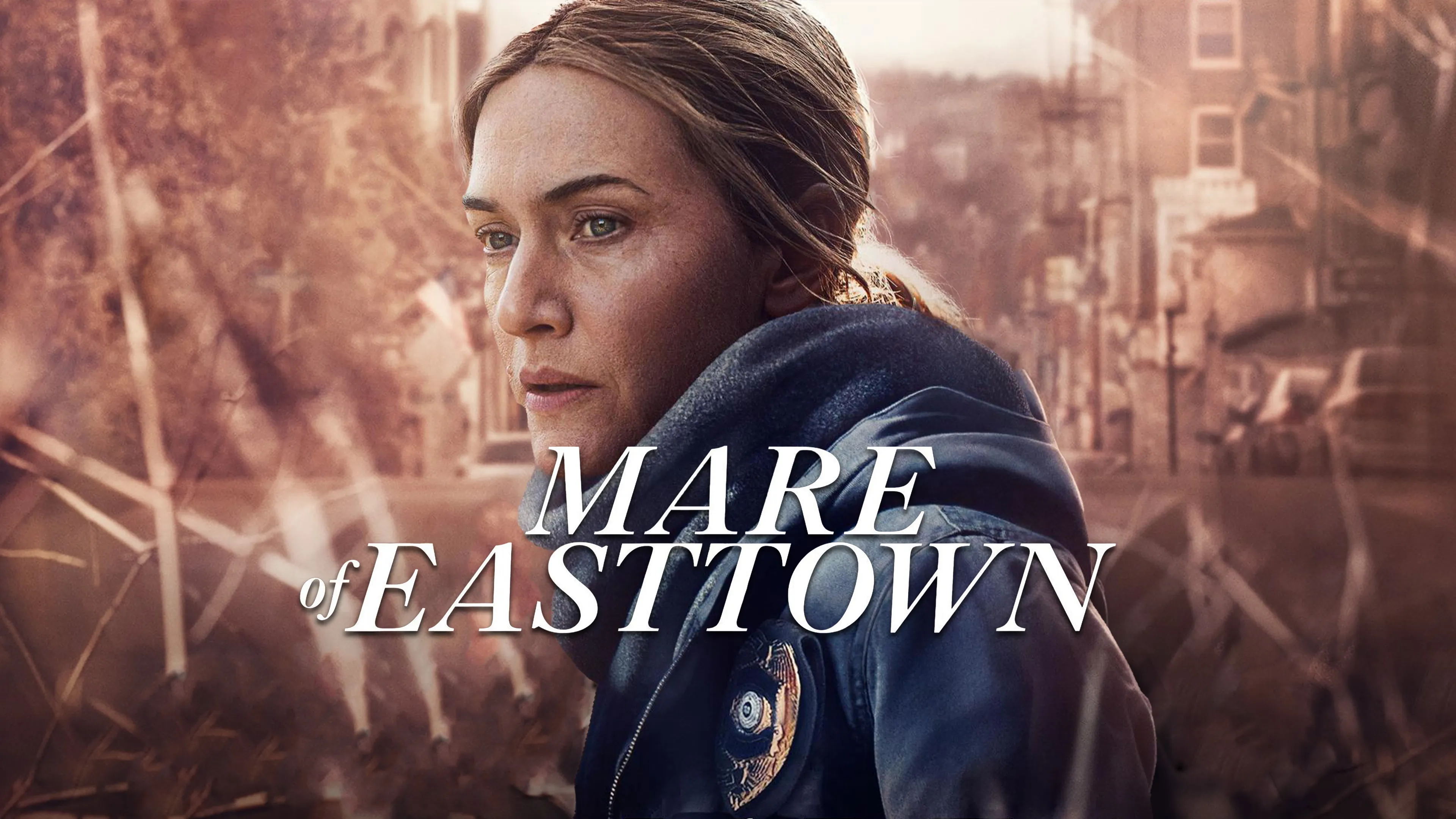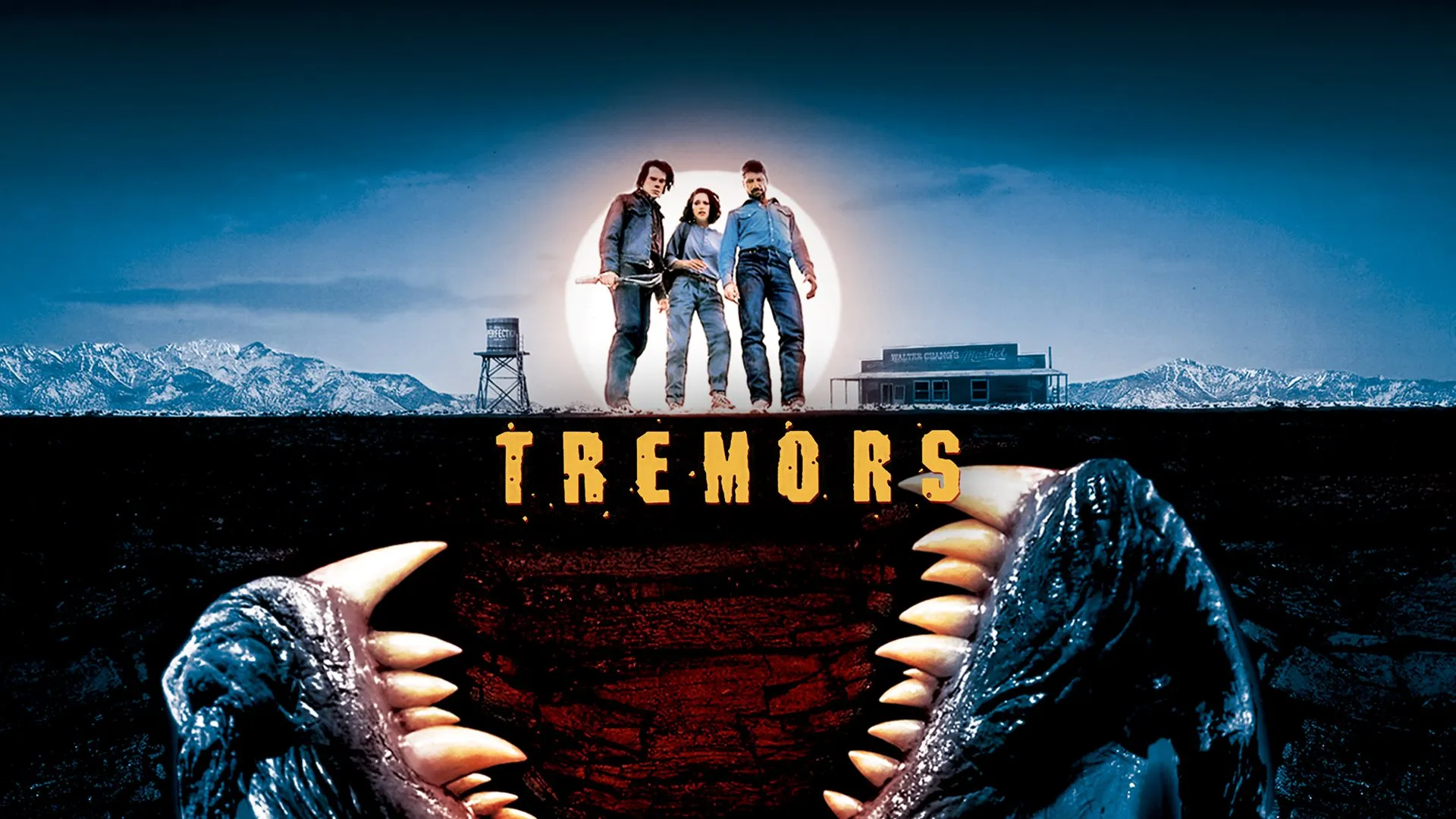Mulholland Drive (2001), directed by the visionary David Lynch, is a mesmerizing descent into the surreal heart of Hollywood. A haunting blend of neo-noir mystery and psychological thriller, the film unravels in dreamlike layers, blurring the lines between fantasy and reality. It opens with a car crash on the iconic Mulholland Drive, where a mysterious woman loses her memory and stumbles into the life of an aspiring actress named Betty. What begins as a quest for answers quickly spirals into a haunting exploration of obsession, identity, and the dark undercurrents of ambition.
Naomi Watts delivers a breathtaking performance as Betty, a wide-eyed newcomer to Los Angeles whose innocence slowly fractures in the face of unsettling revelations. Laura Harring as Rita, the amnesiac woman with a past shrouded in secrecy, is both vulnerable and enigmatic. Together, their chemistry forms the emotional core of the film, drawing the audience deeper into Lynch's hypnotic world. As their bond intensifies, the film's narrative becomes more fragmented and elusive, reflecting the unraveling of truth.

One of the film’s greatest strengths is its ability to seduce the viewer into a false sense of clarity, only to flip perception on its head. Lynch crafts a story that resists easy interpretation, layering clues, symbols, and red herrings throughout. The eerie atmosphere is heightened by Angelo Badalamenti’s haunting score, which pulses with tension and melancholy, echoing the emotional turmoil beneath the surface.
Mulholland Drive is also a love letter and a critique of Hollywood—its promises of fame and success contrasted with its capacity to destroy. The film peels back the glamorous façade to reveal a place where dreams and nightmares are indistinguishable. This duality is captured in the stunning cinematography, with sun-drenched streets giving way to shadowy interiors and unsettling encounters.

Lynch masterfully employs dream logic, creating scenes that feel both familiar and disturbingly off-kilter. Time loops, identity shifts, and eerie coincidences create a puzzle that demands to be unraveled—and rewatched. Nothing is ever quite what it seems, and each viewing offers new insights and questions. This makes the film not only a visual experience but an intellectual challenge that lingers in the mind long after it ends.
The infamous Club Silencio scene serves as a turning point in the film’s narrative, plunging the audience into a chilling meditation on illusion and performance. “No hay banda,” the host insists—there is no band. Everything, like the film itself, is an elaborate act, and the characters, like the viewers, are caught in its thrall. It’s a moment that encapsulates the film’s essence: deeply emotional yet terrifyingly abstract.

Despite—or perhaps because of—its ambiguity, Mulholland Drive has achieved cult status and critical acclaim. It has been hailed as one of the greatest films of the 21st century, a masterpiece of modern cinema that rewards deep thought and emotional vulnerability. It doesn’t provide answers, but rather opens doors to interpretation, inviting each viewer to find their own meaning in its tangled web.
Ultimately, Mulholland Drive is not a film to be solved, but to be experienced. It is a cinematic fever dream, intoxicating in its mystery and haunting in its beauty. Whether seen as a tale of love and loss, a critique of fame, or a depiction of a fractured mind, it leaves a lasting impression—seductive, sinister, and utterly unforgettable.




-1741143235-q80.webp)